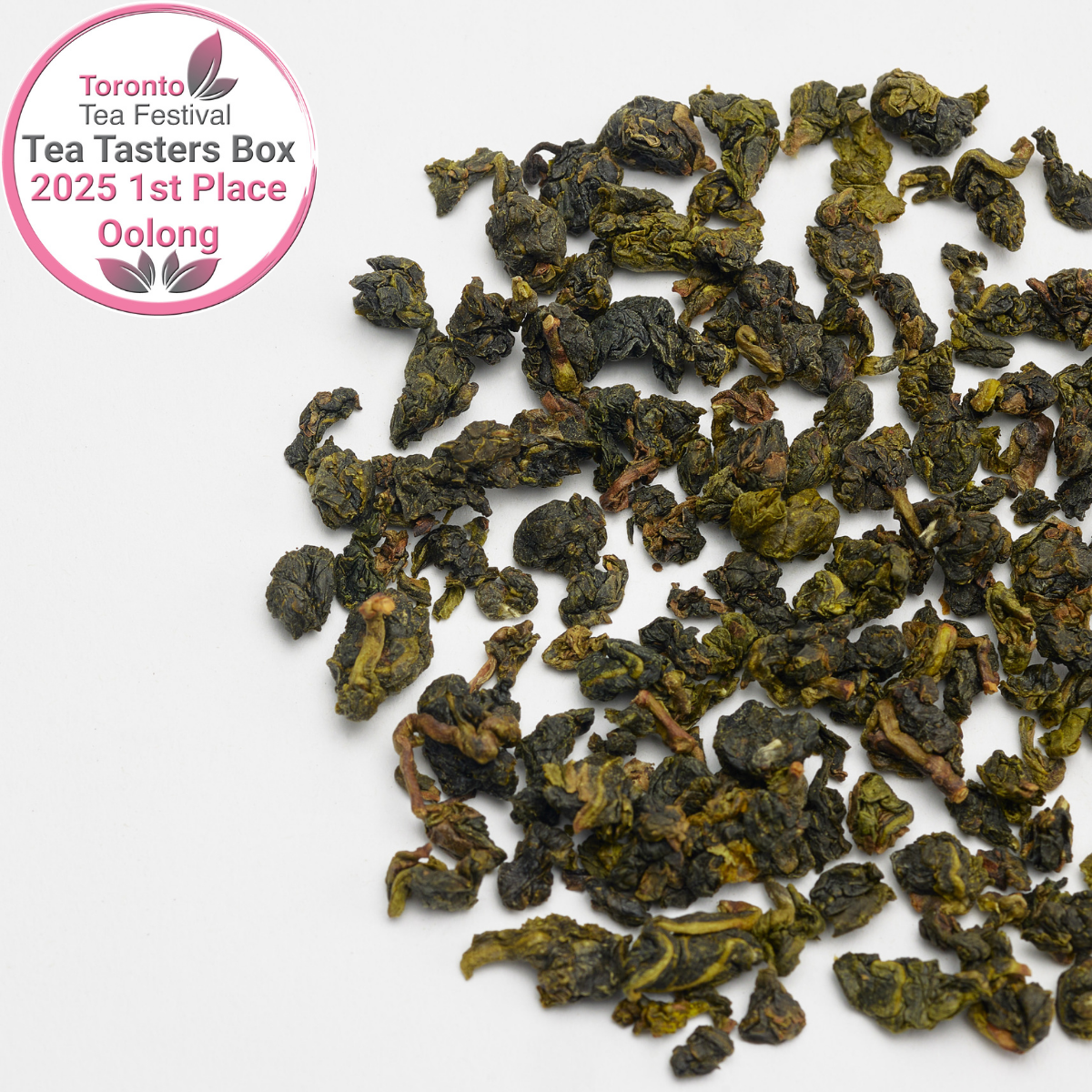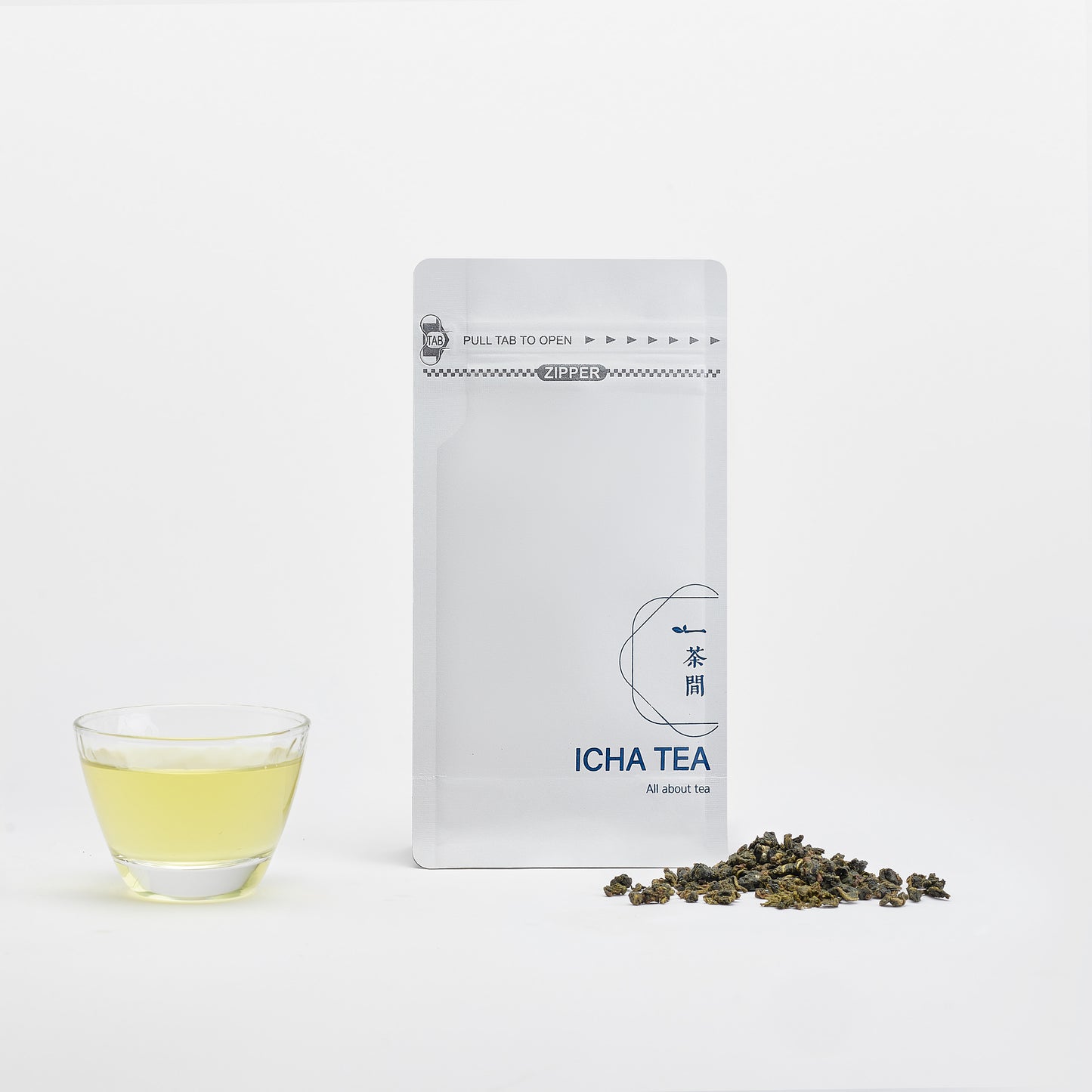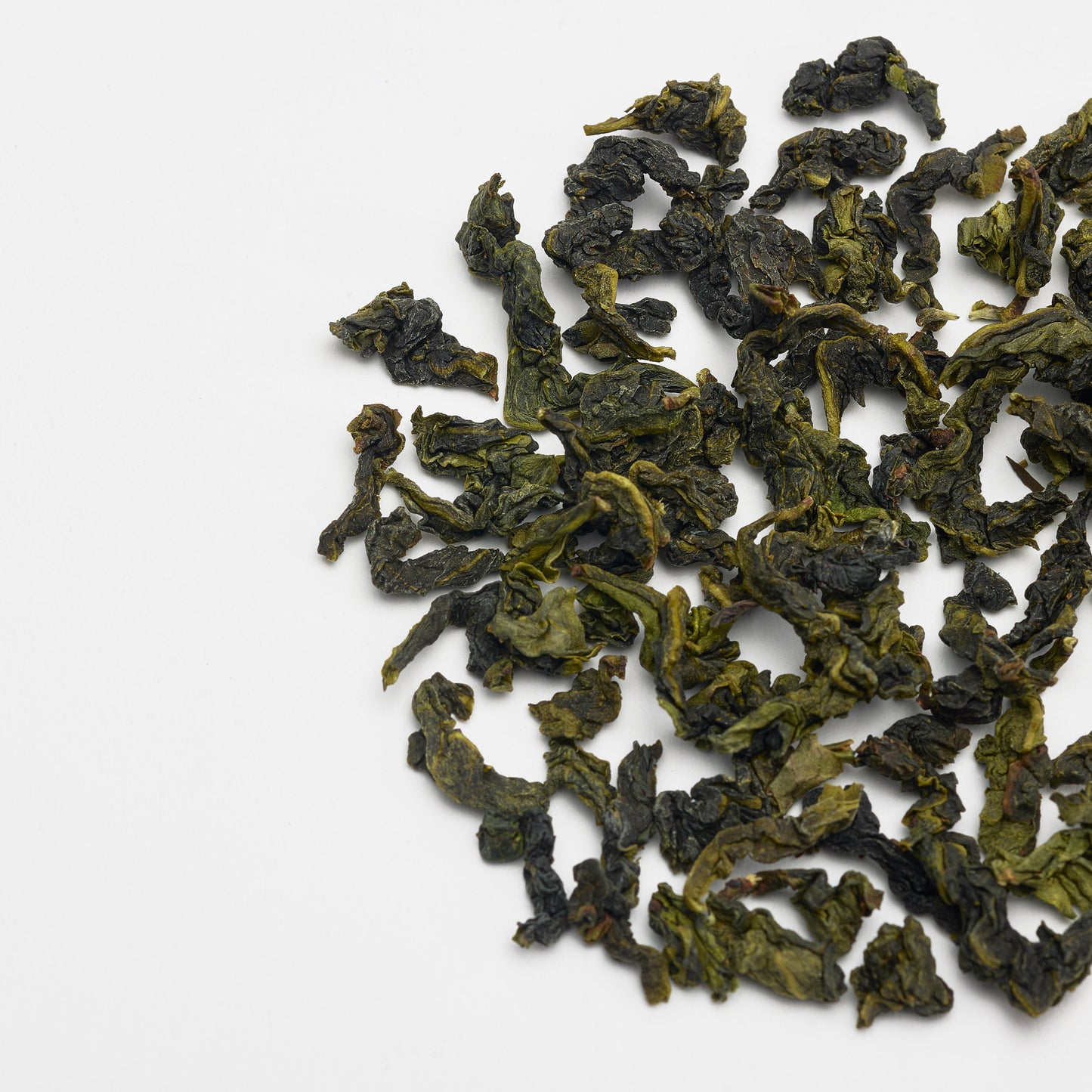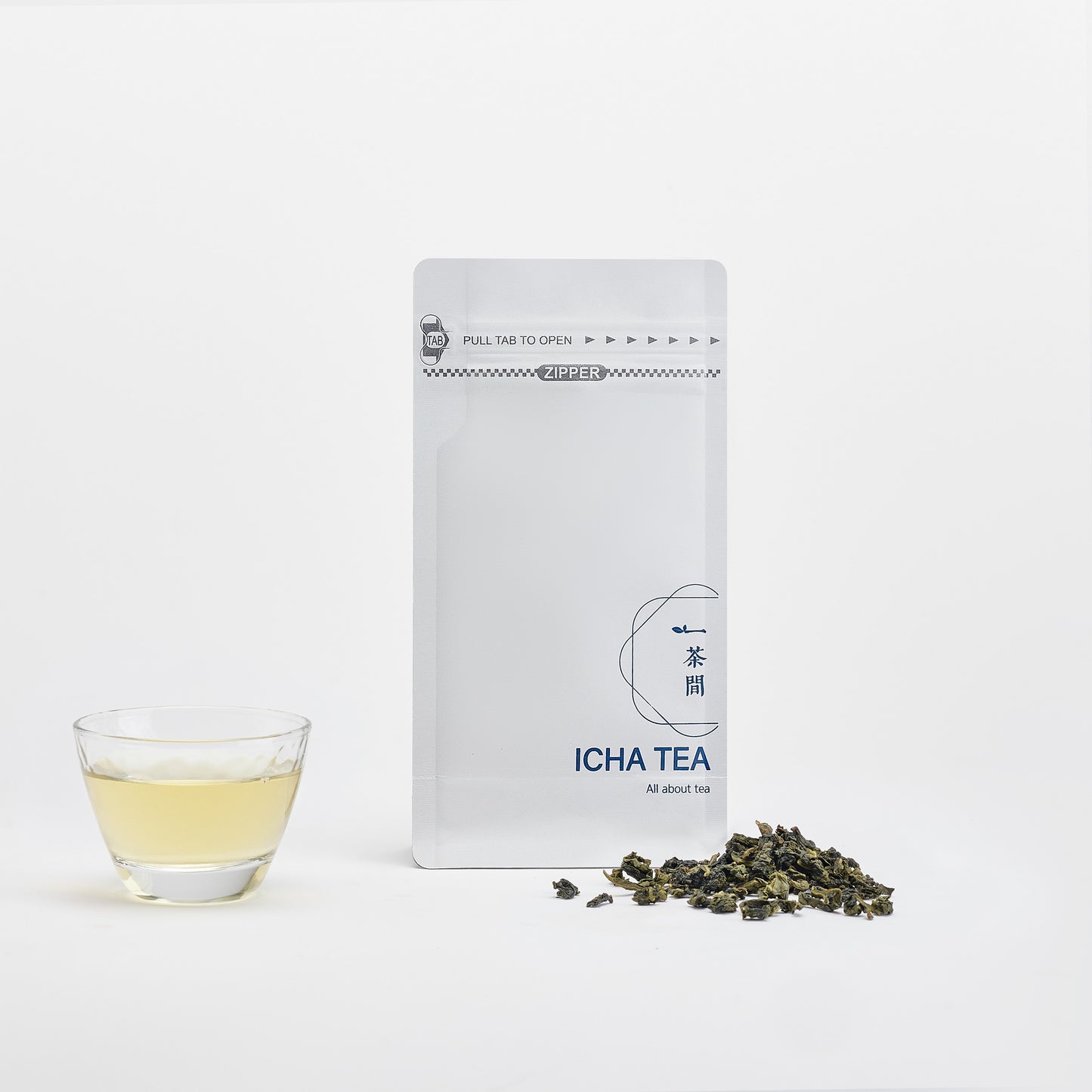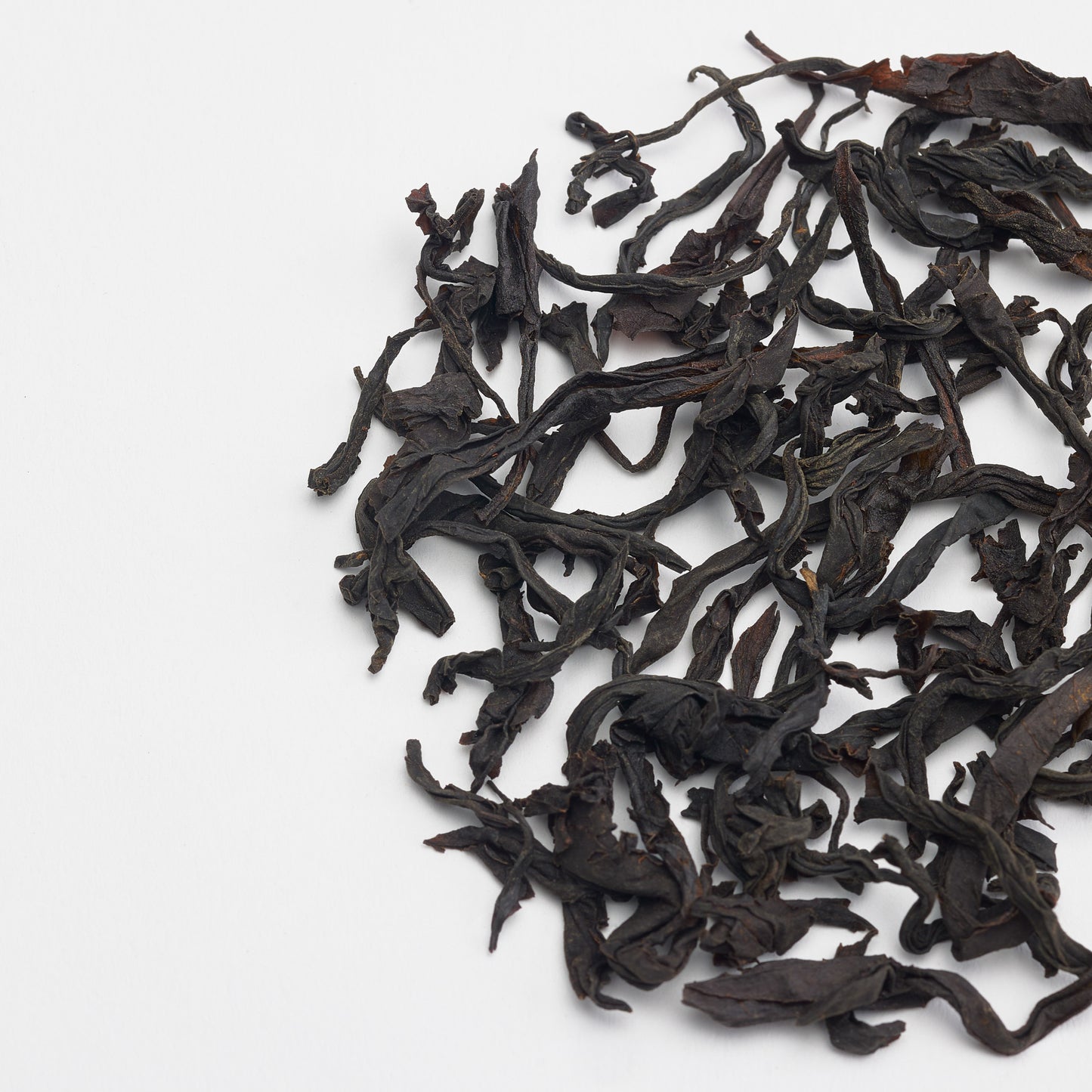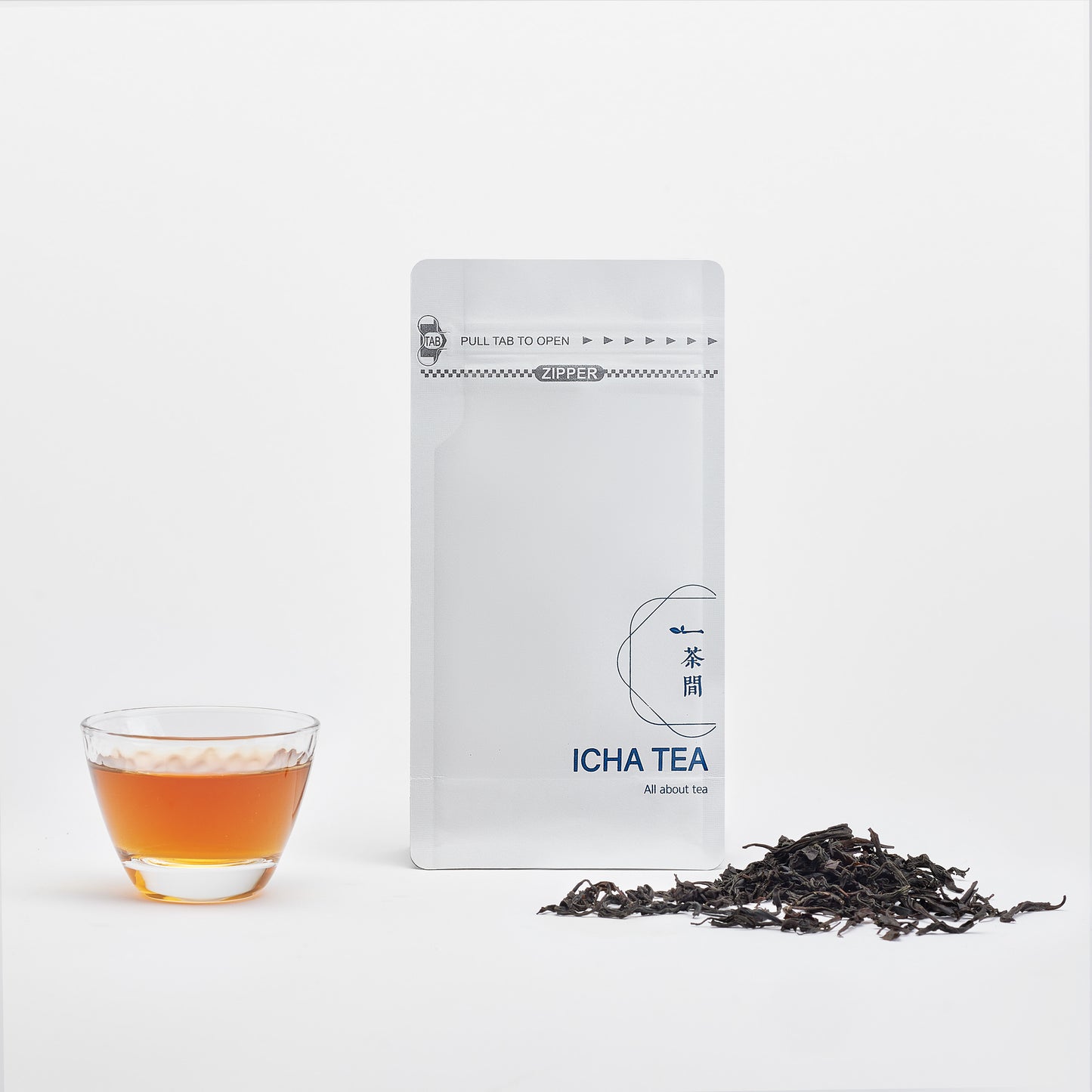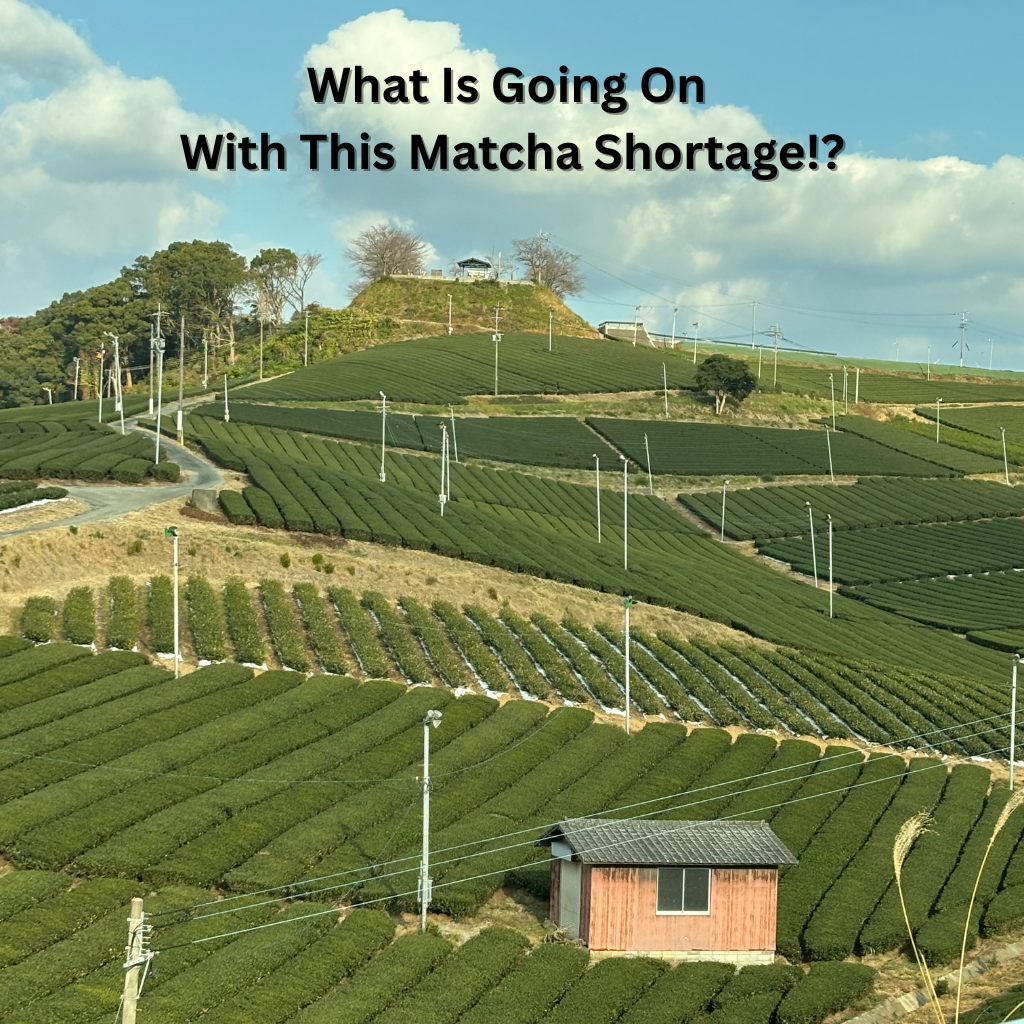
The Perfect Storm - The Matcha Crisis
Imagine waking up to discover one of the cornerstones to your morning ritual, your favourite brand of matcha has suddenly become endangered. No, we're not being dramatic. The global matcha shortage is real. It is affecting everyone from casual drinkers to devoted connoisseurs.
If you've attempted to purchase premium matcha recently, you've likely encountered an unfamiliar situation: "Sorry, we're limiting purchases to one tin per customer" or the dreaded "Out of stock" notifications. At ICHA TEA, we've fielded countless inquiries about this sudden scarcity, and we thought it was time to address what's is happening in the matcha market.
Is this simply clever marketing to drive up prices? A temporary blip in the supply chain? Or something more fundamental? Let's explore the perfect storm that's created the current matcha crisis.
From Imperial Gardens to Global Phenomenon
Before we dive into today's shortage, it's worth understanding how matcha transformed from an imperial luxury to a global sensation.
Unlike the widely-told narrative of matcha arriving in Japan with Zen Buddhist monks, the full story contains fascinating twists. During the Heian period (794-1185), tea was primarily consumed by Japan's imperial court and aristocracy, not as the whisked beverage we know today, but as compressed tea cakes pressed into decorative molds (a preparation method borrowed from Tang Dynasty China).
Interestingly powdered tea nearly disappeared entirely from Japan during the Kamakura period (1185-1333). It was rescued from obscurity by a remarkable figure: Eisai, a Buddhist monk who reintroduced tea cultivation techniques from China and authored "Kissa Yōjōki(喫茶養生記)" (Drinking Tea for Health), the first Japanese treatise on tea's medicinal benefits.
Eisai's work laid the foundation but it was Japan's warrior class who unexpectedly became matcha's greatest adaptors. Samurai embraced the meditative aspects of tea preparation, with many warlords becoming renowned tea masters. Most notable was Toyotomi Hideyoshi, who commissioned the famous Golden Tea Room and used tea ceremonies as diplomatic tools during Japan's turbulent unification period.
This warrior patronage transformed what began as a monastic practice into a sophisticated cultural institution, eventually evolving into the chanoyu (tea ceremony) we recognize today. By linking tea with Bushido (the samurai code), these military elites elevated matcha from a mere beverage to a philosophical practice. This dimension continues to distinguish it from other teas even to this day.
What we now consider "traditional" matcha preparation was largely standardized during the late 19th and early 20th centuries, when Japan deliberately preserved and codified cultural practices during its rapid modernisation. The tea ceremony became a symbol of national identity during a period of tremendous change and was solidified as a reminder of enduring Japanese aesthetics amid Western influence.

Founders Sijian and Susu visiting a tea master in Japan
A Victim of Its Own Success
Unlike many agricultural products that can rapidly scale production, high-grade matcha faces unique constraints. During our recent visit to Uji, Japan's matcha heartland, producers shared a compelling metaphor: "High-grade matcha is more like fine wine than mass-market tea. The best tea gardens, like vineyards take years to establish and can only produce a limited quantity of product annually."

Visiting the facilities of one of Japan's famous new suppliers
What makes matcha production so inflexible? Several critical factors:
- Limited growing regions: Premium high-grade matcha requires specific climate conditions found in select areas of Japan
- Specialized cultivation: The shading process (essential for developing matcha's umami flavour and vibrant colour) requires specialised equipment and expertise
- Labour-intensive harvesting: The finest leaves must be hand-picked during specific seasonal windows
-
Artisanal processing: Stone-grinding is time-consuming and cannot be hastily industrialized without sacrificing quality
When demand was stable or declining (as it was in Japan until recently), these constraints weren't problematic. But when global demand surged, the system simply couldn't adapt quickly enough.
The Social Media Explosion
The most dramatic catalyst for the current shortage wasn't industry forecasts or marketing campaigns, it was TikTok. Beginning in late 2022, viral videos showcasing vibrant, emerald-green matcha preparations triggered unprecedented demand, particularly in Southeast Asia and North America.
"We used to primarily worry about domestic Japanese consumption trends," a third-generation tea producer told us. "Suddenly, we're getting inquiries from countries we've never exported to before, all wanting our highest grades immediately."
Major matcha brands reported selling through 6-9 months of inventory in mere weeks. Some matcha brands' websites crashed from traffic surges after being featured in viral videos.
This digital phenomenon coincided with post-pandemic tourism resuming in Japan, creating a double demand surge as tourists sought authentic matcha experiences and products to bring home.
The Economics of Scarcity
The shortage has created three interesting market dynamics worth noting:
-
Price stratification: Premium high grades have seen price increases of 30-50%, while culinary grades remain relatively stable
-
Geographic prioritisation: Japanese producers are carefully allocating their limited supply, with many prioritizing domestic customers first
- Quality dilution concerns: Some producers face pressure to relax standards to increase output. This is a response that most traditional companies strongly resist
Some suppliers have confided in us that they've received large orders and requests that would have seemed absurd three years ago. However, compromising on quality would destroy generations of reputation-building.
ICHA TEA has continued to offer a variety of premium high-grade matcha, from top suppliers such as Marukyu-Koyamaen. Supply is limited and there is a restriction for 1 order per customer and each batch received sells out in a matter of 5 minutes or less. Customers can add their email to be notified when the next batch of matcha becomes available.
They have also gone to great lengths to source their own supply chain of high-grade, delicious matcha and recently released Matcha Tensei and Matcha Suiu, which also have been selling out in minutes and have email notification lists on the product page.

Is This the New Normal?
Unlike temporary shortages caused by one-time events, the matcha situation represents a structural imbalance between supply capabilities and global demand. Based on our conversations with producers, we anticipate this situation continuing for at least 2-3 years while the industry adapts.
Some promising developments already underway include:
- Expansion of shade-growing facilities in traditional regions
- Research into new cultivars that might increase yields while maintaining quality
- Technological innovations to improve processing efficiency
- Education initiatives to help consumers understand quality differences
An unexpected positive outcome is renewed interest in matcha cultivation among younger Japanese. "Five years ago, I worried no one would continue the family business," one farmer told us. "Now my children see a future in tea again."
The Future of the Matcha Industry
The matcha industry stands at a crossroads. Japanese producers must balance tradition with innovation, and preservation with expansion. We're seeing promising solutions emerge: research into climate-resilient cultivars, technological enhancements to traditional processes, and even experimental cultivation outside Japan's traditional growing regions.
What seems certain is that matcha has transcended its status as merely a beverage to become a global cultural obsession. It merges traditional Japanese aesthetics with contemporary wellness philosophy and it's here to stay.
As we watch this supply shortage unfold, we're reminded of a saying shared by an elderly tea master in Kyoto: "The tea leaf teaches patience in every stage. It is present in its growth in the shade to its careful harvesting. And also from its meticulous grinding to its mindful preparation. Perhaps this shortage is simply another lesson in patience, another reminder that the most precious things cannot be hurried."
Like the shifting seasons that govern the tea harvest this shortage too shall pass. Until then, we savour each bowl with heightened appreciation. We find in scarcity a renewed sense of matcha's precious nature and the lessons it teaches us about impermanence itself, green as spring and just as fleeting.
You can browse our matcha collection here and sign up on the product pages to be notified when we're back in stock!

Some Articles You Might Like
- The Truth About Culinary vs. Ceremonial Grade Matcha
- 3 Refreshing Refreshing Matcha Beverages for Warm Weather
- Does Matcha Help With Weight Loss?

